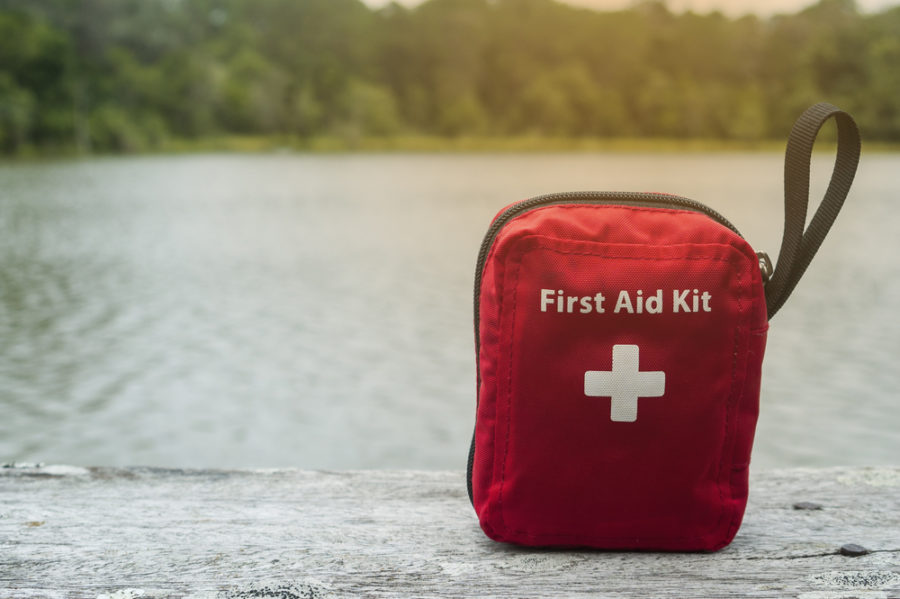Just as we keep a first aid kit handy for the humans in our household, we should put one together for our animal companions in case of an emergency.
First aid is the emergency help you give to an animal that is injured or has become suddenly ill. Combining commonsense, first aid skills and available materials, you’ll be able to prevent conditions from worsening, promote recovery and even save a life.
Keep in mind, however, that you are providing, especially in more serious incidents, temporary measures that will sustain the animal until you transport him or her to the veterinarian for clinical attention. (By the way, keep your veterinarian’s phone number near your phone.)
Of course, it behooves us as their human companions to protect our loved ones from hazardous situations as much as we possibly can. Just as we keep a first aid kit handy for the humans in our household, we should put together items that we may need for helping our animal companions in an emergency. Here’s a look at some recommended options:
- Disposable gloves (e.g. latex)
- Sterile gauze dressing pads of various sizes to control bleeding and protect wounds
- Roll of gauze for securing dressings (also for muzzle)
- Adhesive tape for securing dressings and bandages
- Tweezers (or needlenose pliers) for removing splinters, ticks, dirt
- Blunt-tipped scissors for cutting bandages and animal hair
- Absorbent cotton (balls, pads, buds) for cleaning wounds, eyes and ears
- Splints (e.g. tongue depressors, wooden paint-mixing sticks) for fractures
- Plastic eyedropper for giving oral treatments
- Rectal thermometer (and water-soluable lubricant)
- 3% hydrogen peroxide for cleaning wounds
In addition, you may want to include homeopathic remedies and flower essences:
- Aconite for shock (30 C or K)
- Apis mel for bites and insect stings (30 C or K)
- Arnica montana for injury (swelling, bruises) and muscle strain (30 C or K)
- Rhus tox for sprains, strains, cuts and scrapes (30 C or K)
- Rescue Remedy or similar flower essence for shock and fear
- Hypericum/calendula ointment for soothing and as an antibacterialA useful resource book is Kaetheryn Walker’s Homeopathic First Aid for Animals.
Cautionary Note: Animals who are frightened and in pain may act unpredictably – even those who are usually friendly. To protect yourself from a cat’s sharp claws, wrap him in a towel or jacket , and wear thick gloves. Avoid a dog’s teeth by using a commercial muzzle or wrapping a scarf around the nose and under the chin, then tying it behind the ears.








